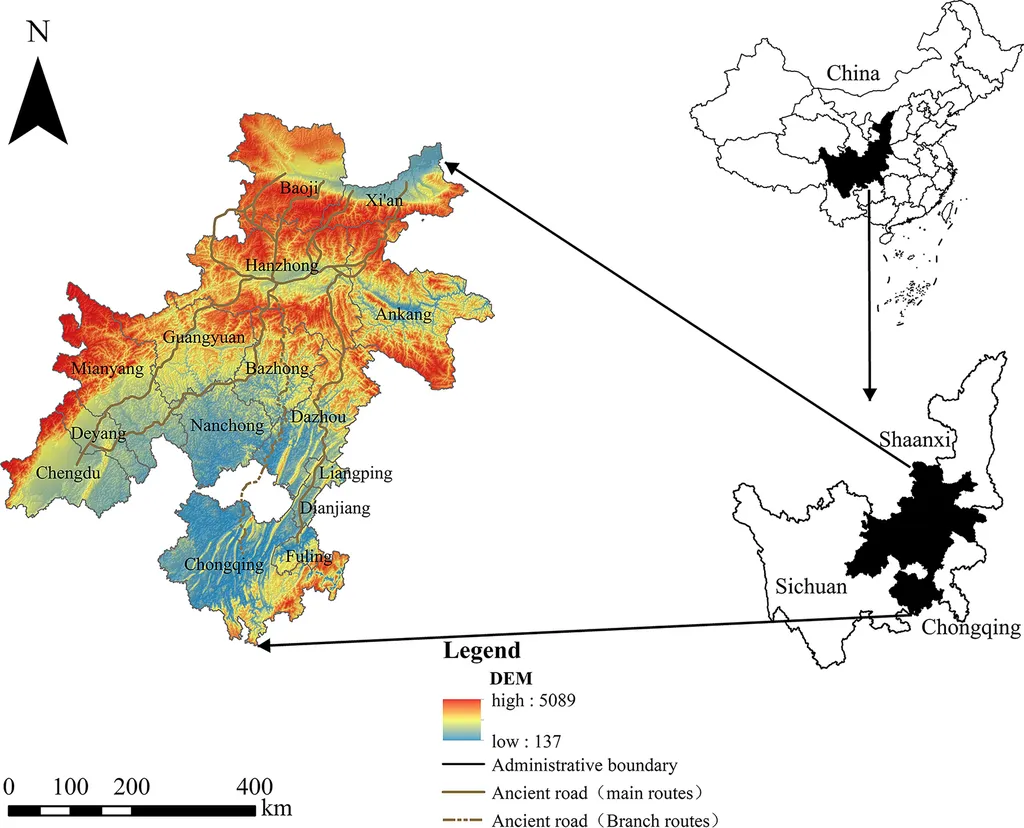In the heart of China’s Hebei Province, a quiet revolution is underway, not in the fields or factories, but in the way we understand and preserve the country’s historical villages. Dr. Peng Peng, a researcher from Shijiazhuang Tiedao University, is leading the charge, employing cutting-edge computational technologies to safeguard and rejuvenate these cultural treasures. His recent study, published in the *Journal of Asian Architecture and Building Engineering* (known in English as the *Journal of Asian Architecture and Building Engineering*), offers a novel approach to preserving the unique characteristics of historical villages, with potential implications for sustainable rural development and even the energy sector.
Gulan Village, nestled in Jingxing County, serves as the case study for Dr. Peng’s research. The village, like many historical settlements, is a complex tapestry of natural, economic, historical, regional, and cultural elements. Traditional conservation efforts often overlook the intricate interplay of these factors, leading to strategies that lack continuity and fail to recognize the village’s inherent characteristics.
Dr. Peng’s approach is different. He employs a spatial genetics framework, a concept borrowed from biology, to understand the village’s spatial characteristics. “We’re looking at the village as a living organism,” Dr. Peng explains. “Just as genes determine the characteristics of a living being, spatial genes determine the characteristics of a village.”
By leveraging parametric methods and quantitative analysis, Dr. Peng and his team have identified the fundamental developmental principles of Gulan Village. These principles, they argue, should form the basis of any development strategy. “We’re not just preserving the past,” Dr. Peng says. “We’re creating a blueprint for the future.”
The implications of this research extend beyond the realm of cultural preservation. In the energy sector, for instance, understanding the spatial characteristics of historical villages could inform the development of decentralized, community-based energy systems. These systems, which harness renewable energy sources like solar and wind, could not only reduce the carbon footprint of these villages but also provide a model for sustainable energy development in rural areas.
Moreover, the parametric methods employed in this research could be applied to other fields, such as urban planning and architecture. By quantifying and analyzing spatial characteristics, planners and architects could create more sustainable, livable, and culturally sensitive designs.
Dr. Peng’s research is a testament to the power of interdisciplinary approaches. By borrowing concepts from biology and leveraging advanced computational technologies, he and his team have opened up new avenues for preserving and rejuvenating historical villages. As we grapple with the challenges of sustainable development, such innovative approaches will be crucial.
In the words of Dr. Peng, “We’re not just preserving the past. We’re creating a blueprint for the future.” And that future, it seems, is bright with possibilities.

